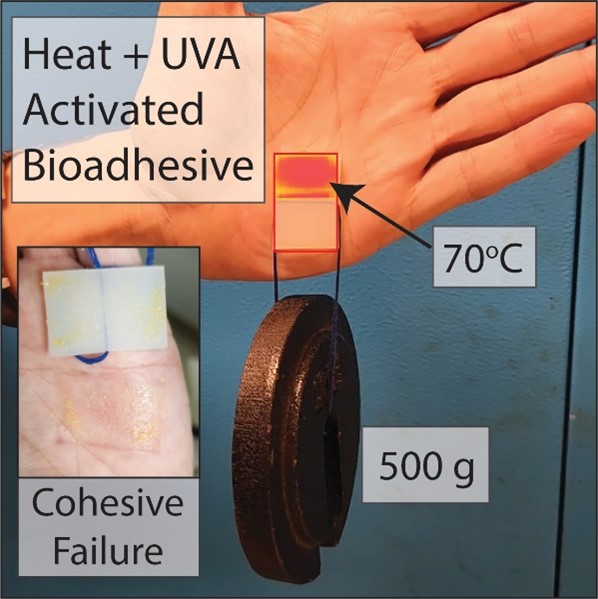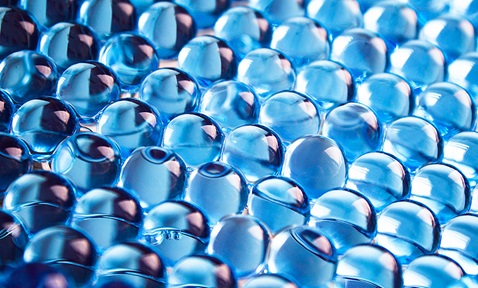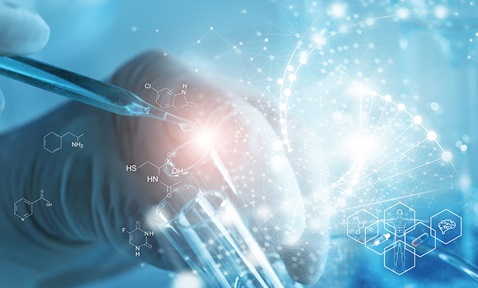
Hygroscopic, Crosslinking Coatings and Bioadhesives
Synopsis
Traditional tissue fixation methods often lead to tissue damage and longer application times. This invention presents a UV-activated bioadhesive enriched with hygroscopic additives, offering enhanced adhesion even in dry environments. With a high elastic modulus and versatile applications, including skin grafts and blood vessel anastomosis, this innovation promises improved tissue closure and medical outcomes.
Opportunity
The global wound management market was valued at $21.5 billion in 2023 and is expected to reach $28.6 billion by 2028, with a CAGR of 5.9%. Conventional tissue fixation in clinical practice often involves mechanical technologies such as sutures, pins, wires and screws, which can cause tissue damage, require lengthy application times, and may trigger immunological reactions. To address these challenges, glue-like materials, known as bioadhesives, are seen to be promising alternatives.
Technology
This invention introduces a UV-activated bioadhesive formulation enriched with hygroscopic additives, marking a significant advancement in adhesive technologies. The unique feature of this formulation is its ability to facilitate adhesion even in dry environments, providing a versatile solution for various applications.
Key to this formulation is the incorporation of hygroscopic additives, which enable the adhesive to maintain efficacy in low-humidity conditions. This property is particularly valuable where traditional adhesives fail. Additionally, the bioadhesive has an elastic modulus of 100 kPa, which ensures both strong adhesion and flexibility.

Figure 1: The cosmetic adhesives are tough and strong, and yet can be easily removed with no skin damage.
Applications & Advantages
Main application areas include use with skin grafts, blood vessel anastomosis and stress-activated release of analgesia.
Advantages:
- Effective on both hydrophobic and hydrophilic surfaces, outperforming existing cyanoacrylate tissue adhesives and protein-based sealants.
- Hygroscopic additives minimise bioadhesive fouling on hydrophilic surfaces and support surface water hydration.
- The bioadhesive can be further enhanced to cross-link under voltage.


.tmb-listing.jpg?Culture=en&sfvrsn=29c7e020_1)

.tmb-listing.jpg?Culture=en&sfvrsn=a0428bd8_1)
.tmb-listing.jpg?Culture=en&sfvrsn=3b74ec1c_1)
-and-the-coated-wood-(ntu-singapore).tmb-listing.jpg?Culture=en&sfvrsn=624bb80c_1)








